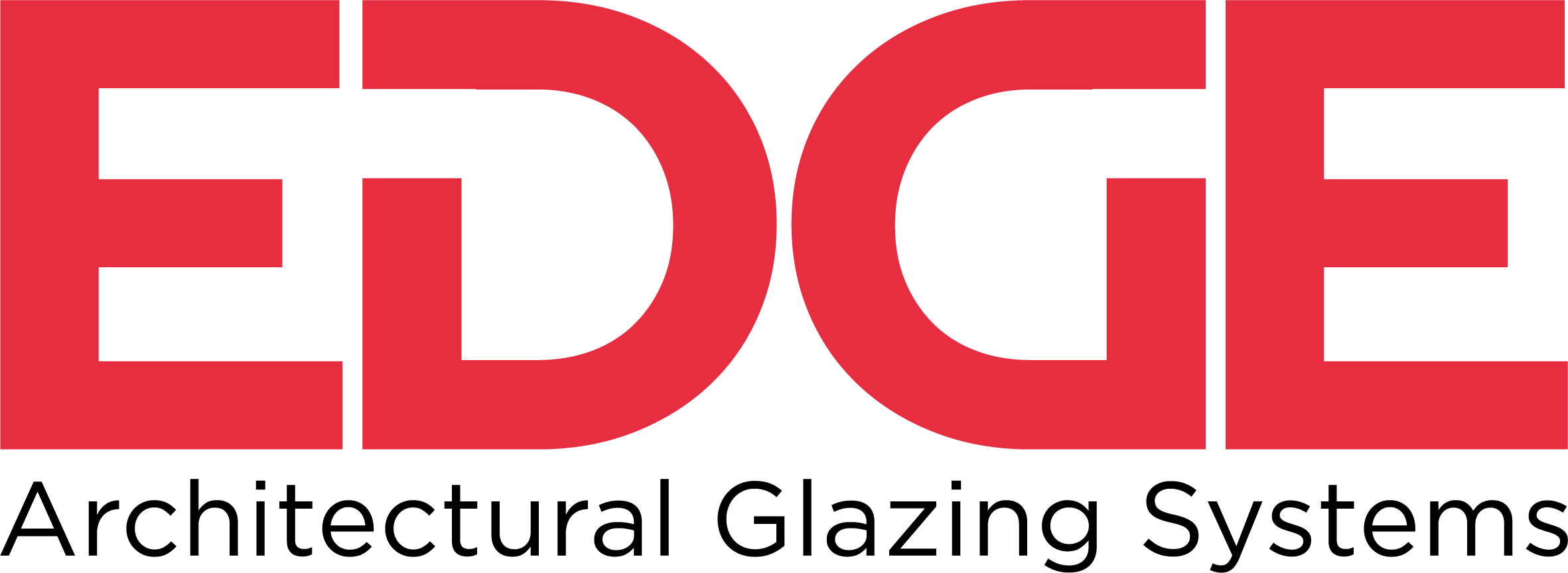17 Nov Thermal break, and beyond: a commitment to sustainability
A company-wide focus on responsible practices
We’re long-term thinkers. We want a sustainable business model that allows Aluminium Industries to deliver high quality, efficient and value-added products and services today and long into the future. Our impact on the environment, on our community, and on Australia factor into all of our product development and capacity planning.
The development of the efficient EDGE Architectural ranges was greatly influenced by our desire to contribute tangible solutions to Australia’s changing energy consumption behaviours.
We vigorously work to source and supply locally. By keeping Ai’s business and strategic partnership’s in Australia, we reduce the environmental impact generated by shipping and transport from Asia and we support Australian manufacturing.
Sustainability behaviours at Ai
We consider environmental practices and sustainability in every operation throughout Ai. We recycle water in our powder coating line and we minimise waste in our order entry systems. Wherever possible, we receive extrusions in stillages from our suppliers instead of cardboard cases and ship to customers in the same way.
When looking for suppliers, we look local first to reduce the consumption of resources in transport and logistics. Two years ago, we moved premises to be next door to our major supplier to be in a position to minimize waste and reduce emissions due to proximity. We are proud of this result. We put great effort into finding local, Australian suppliers when possible.
Similarly, we investigate the sustainability practices of our suppliers and look for ones that share our values and commitment.
We recycle packaging, water, all scrap aluminium and steel. Any second hand flagpoles are refurbished and resold. Our mechanically innovative fabrication team refurbishes tooling and machinery to give obsolete equipment fresh, useful life. We continuously work to improve our recycling in all elements of our business.
Our product innovation in the EDGE Architectural window framing systems that improve the energy efficiency in the operation of a building has been a key focus of the business and involves gathering of information and knowledge at the highest level, including research into global best practices.
Why aluminium?
- Abundant resource
- Highly corrosion resistant
- Strong and light
- Easy to recycle
- Benefits of using aluminium in buildings
Functions related to heating, cooling, lighting and ventilation make buildings the largest energy consumer group world wide. Studies estimate buildings consume approximately 40 per cent of the world’s energy demand. Creating energy efficient building systems becomes paramount to meet smart energy usage standards and the challenges of climate change. Aluminium has many properties, which allow Australians to construct buildings with very low energy demand.
EDGE Architectural aluminium window and door systems offer sophisticated solutions for energy efficiency. The U-MAX™ thermally broken range offers high energy ratings within a comprehensive range of architectural framing systems. Changing from double glazed to thermally broken gives approximately a 15 per cent improvement in the U-value. MAX™, our double glazed suite, complements U-MAX™. You choose the best option for the specific application, yet maintain visual unity between the thermal and non-thermal façade appearance.
Features like thermal break and double glazing offer excellent insulation for commercial architectural frames. In addition to direct efficiency gained from better insulating features, the EDGE ranges also reduce condensation on window frames, reduce spots of radiated cold in a room and increase overall room comfort and space liveability, without increasing energy consumption. U-MAX™ and MAX™ give you freedom and flexibility in an elegant, energy efficient solution.
Enhancing the structure with EDGE aluminium louvre systems delivers even greater opportunities for energy savings through sun shading and reduced cooling needs.
The energy needed to construct an aluminium-based building (embedded energy) is high compared to many other materials; however, the embedded energy of a building is small compared to the lifetime energy consumption and small compared to the energy saving potential.
Aluminium recycling
Today, approximately 13 million metric tons of aluminium are used in construction per year. In contrast to many other building materials, which mostly go into landfills after demolition of the structure, aluminium may be recycled for economical and environmental sustainability.
Since the 1980s, the aluminium recycling industry has nearly quadrupled its annual output of metal from post-consumer scrap.
Aluminium is sourced from primary aluminium and recycled aluminium. Recycling is critical to sustainable development by allowing resources to be saved and waste reduced. Used aluminium can be easily and endlessly recycled without quality loss.
Production of aluminium
Approximately 8 per cent of the earth’s crust is aluminium; it is the third most abundant element after oxygen and silicon.
The main issues related to production of primary aluminium:
- energy production, transmission and consumption – technology improvements and modernization have reduced average electricity consumption by smelters by 70 per cent compared to 100 years ago.
- emissions of greenhouse gases – through diligent action, emissions have been reduced by nearly 80 per cent since 1990, even as production has almost doubled.
- other emissions – through modernization, these emissions may be controlled to very low levels per metric ton produced.
- water use and liquid effluents – sophisticated water treatment systems which allow of re-use of water address this challenge.
- waste disposal – strict operational control is employed to minimize waste.
Fabrication of aluminium products
The actual aluminium extrusion process does not create emissions of any kind. Neither does cutting, milling, drilling or machining.
Anodizing and powder coating can generate some emissions. This is addressed by selecting the right type of coating, and employing proper practices for recapturing the emissions and discharges to prevent harm.
The development and support of energy efficient products, local supply and local sourcing, reducing, reusing and recycling … it all contributes and it all adds up and it’s all important to us. After all, we live here, too.


